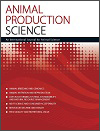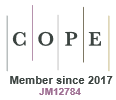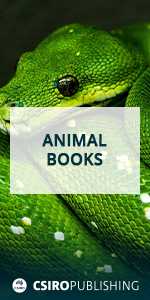AN25124Effects of supplementing cassava product silage on feed intake, digestibility and live weight gain of crossbred Limousine bulls fed on a maize (Zea mays) stover based diet
Supplementing cattle rations with locally available cassava leaf and tuber silage provides an opportunity to increase farmer profitability in smallholder enterprises. The evaluation of incorporating increasing amounts of cassava silage into corn stover based diets fed to limousine crossbred cattle demonstrated high liveweight gains for the inclusion of 10–30% cassava silage. Feeding cassava leaf and tuber silage with corn stover based diets is an important strategy to reduce farm waste and increase smallholder profitability and meat production nationally.
AN25124 Abstract | AN25124 Full Text | AN25124PDF (397 KB) Open Access Article





